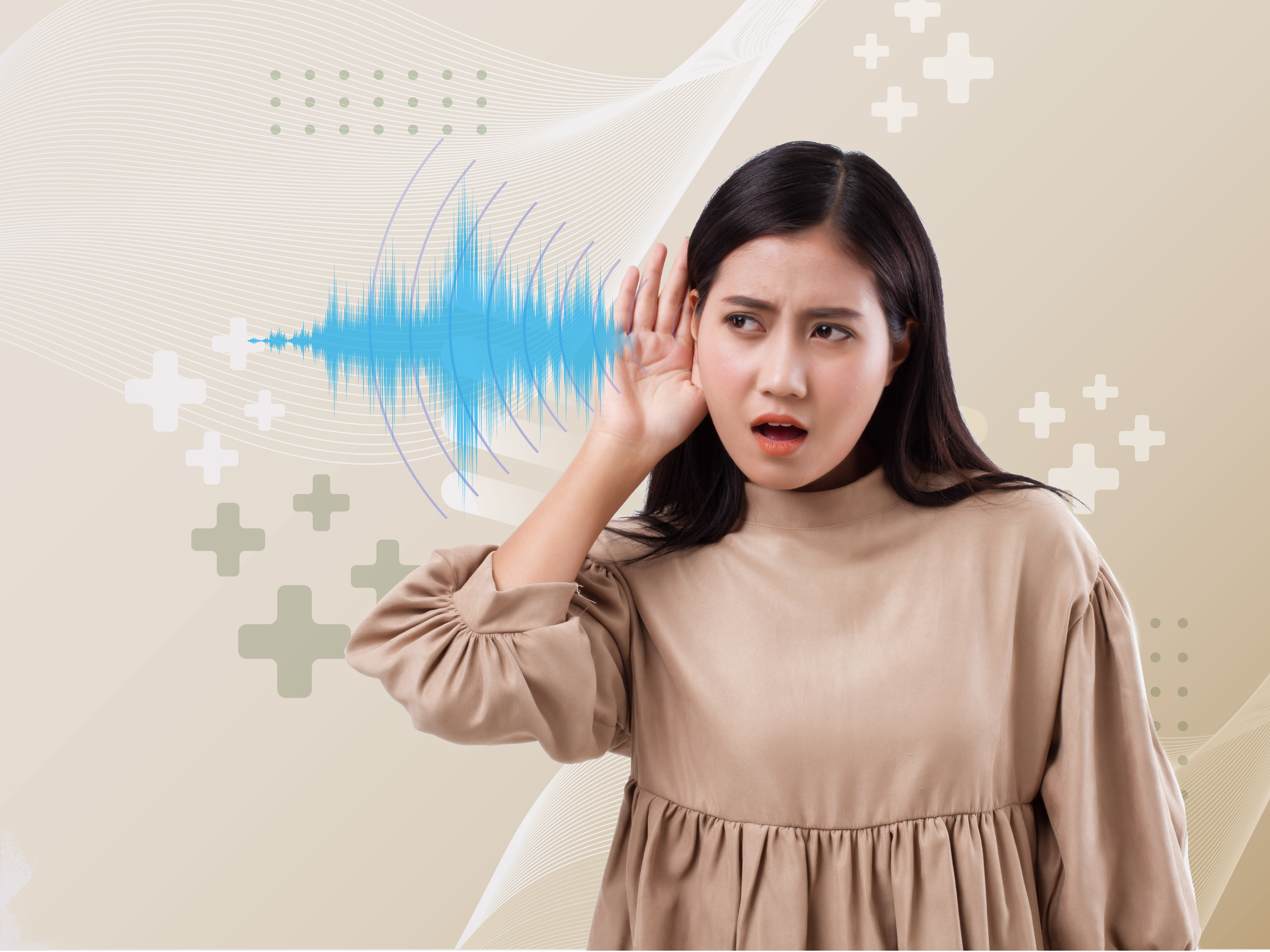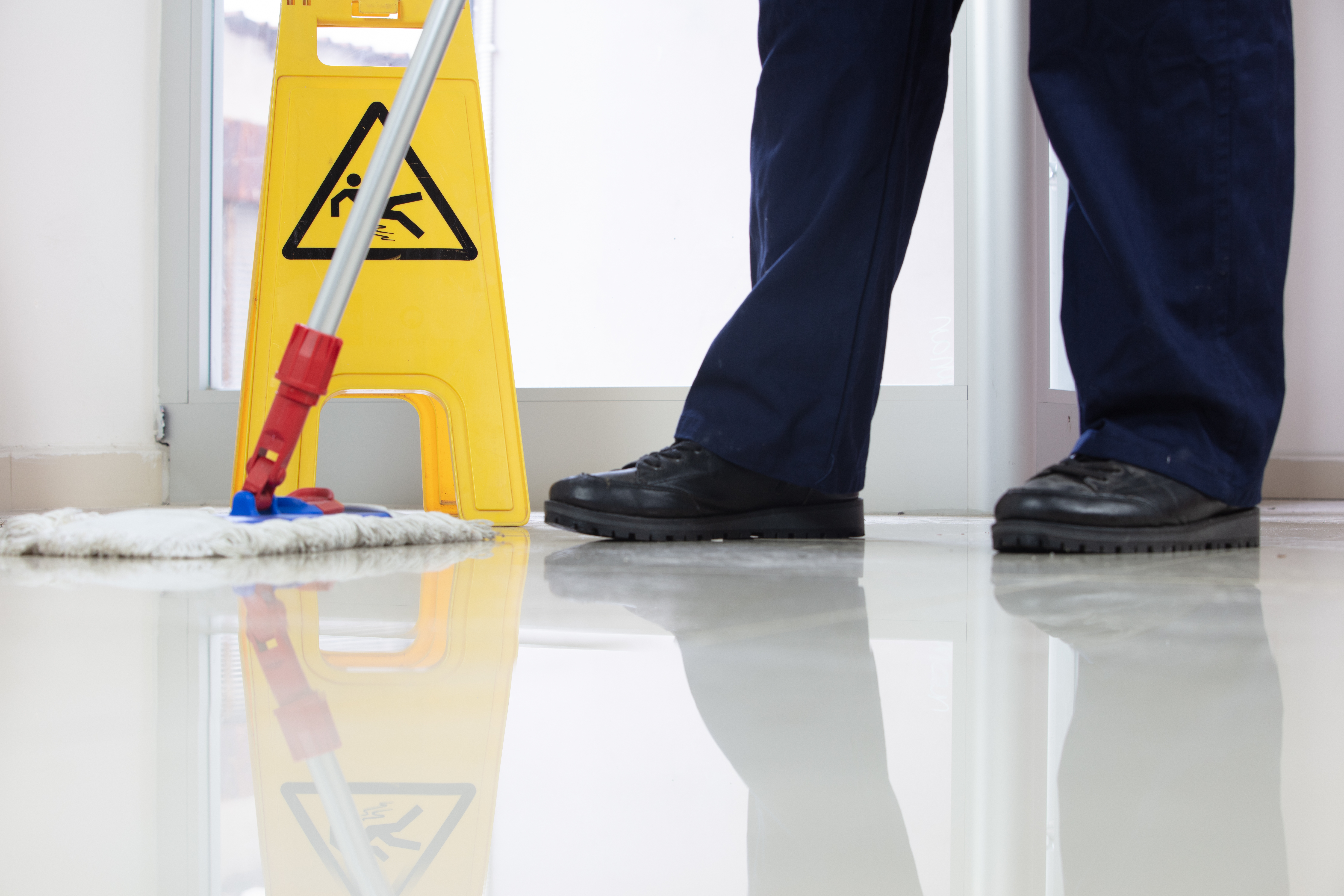The Effects of Noise (The Process of Creating Awareness)
Examine the impact that noise has on your health and the way you go about your daily life. It is the purpose of this lesson to educate people about the myriad of ways in which noise can have an effect on both health and productivity. Gain an understanding of the significance of being in a more tranquil setting.
The Process of Identifying Noise Sources (Awareness in Action)
Acquire the ability to identify the typical sources of noise in your immediate environment. This session will help you become more aware of the factors that contribute to noise pollution, ranging from normal sounds to sounds produced by machines. Take the first step toward addressing the issues that are associated with noise.
The Fundamentals of Noise Reduction
Investigate uncomplicated and useful approaches to the reduction of noise. The purpose of this module is to raise awareness about the good influence that a noise-controlled environment may have on your life by providing approaches that are simple to implement in order to create a more harmonious setting.
Hearing Protection (Introspection)
Recognize the importance of hearing protection. This self-awareness-focused class will teach you how to protect your hearing from noise. Learn hearing-health tips.
Community Awareness for Quieter Communities
Increase your consciousness beyond yourself. This module fosters neighborhood noise reduction advocacy. Learn how collective awareness can improve living conditions.
Lessons
Brief Description of Noise Awareness
Module 1: Noise in the Workplace
The Control of Noise at Work Regulations 2005 mandate employers to assess the risks of noise exposure to their employees and develop ways to protect their hearing. Employers should lower noise exposure, maintain legal limits, and maintain equipment.
This lesson discusses the health problems caused by excessive noise at work, including lasting or temporary hearing loss. This damage can build up over time and may not be realized until it mixes with natural hearing loss as people age.
Module 4 discusses the importance of action plans in preventing workplace noise. Employers must provide appropriate work equipment and consider health and safety implications. A noise management program is required to limit exposure, even with lower exposure values.
Module 5: Prioritising Controls
Module 6: Personal Protective Equipment
Module 7: Information and Health Surveillance






